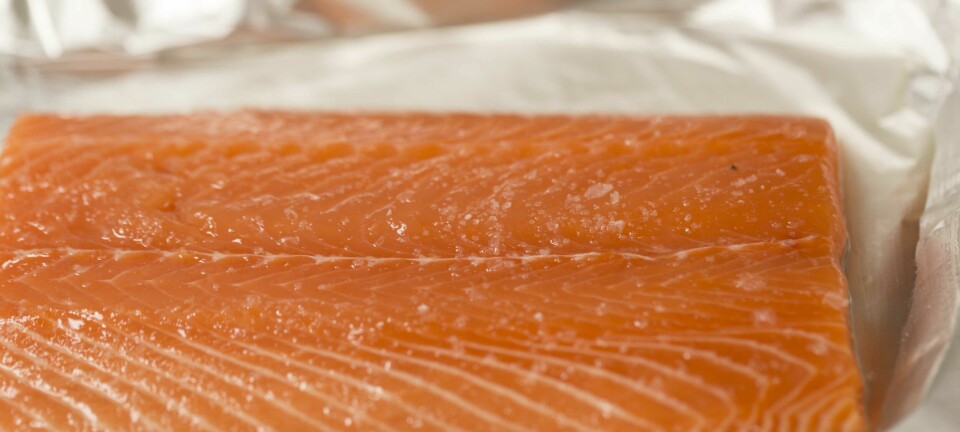
Atlantic production breaks new ground
As of November 2015, Atlantic salmon accounted for over 70 per cent of Chilean salmonid exports, the largest portion ever for this species - up from to 61.9 per cent in 2013 and 68 per cent in 2014.
The composition of the Chilean salmonid industry had remained almost unchanged in the past two decades, with about 55-60 per cent of Atlantic salmon and the remaining 40-45 per cent split fairly evenly between rainbow trout and coho salmon.
Allegedly, the commercial advantages (higher price and market acceptance) of Atlantic salmon have turned that species in the most preferred one when farming, despite the so-called ‘ISA crisis’ when Chilean waters were almost depleted of Atlantic salmon. However, things have started changing in recent years, since rainbow trout has lost ground due to sanitary problems - especially with the bacterial disease SRS - while cohos are still very dependant on the summer season and the Japanese market.
Chilean companies exported 367,680 tonnes of Atlantic salmon, worth US$ 2,319 million, in the first eleven months of 2015 according to figures published by the Association of the Chilean Salmon Industry (SalmonChile). These figures represent 70 per cent of the volume and 72 per cent of the returns of the country's salmon exports up to November 2015.
Meanwhile, coho represented 18 per cent and rainbow trout 12 per cent in terms of volume, and 15 and 13 per cent in terms of value, respectively.
Chile exported US$ 3,201 million of salmonids in the first eleven months of 2015, compared to US$ 3,975 million in the same period of the previous year.



















































